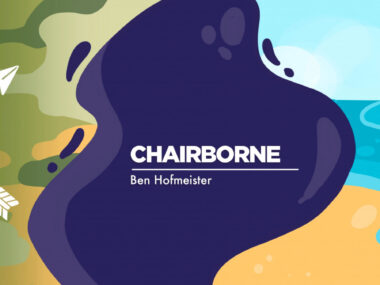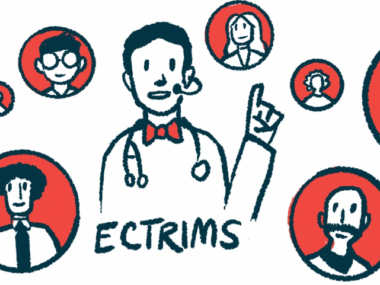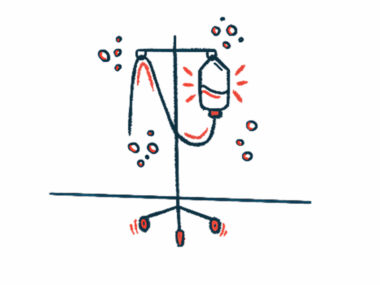ECTRIMS 2025: Ocrevus as good as Gilenya for treating MS in children
New Phase 3 trial data even show some significantly better outcomes
Written by |
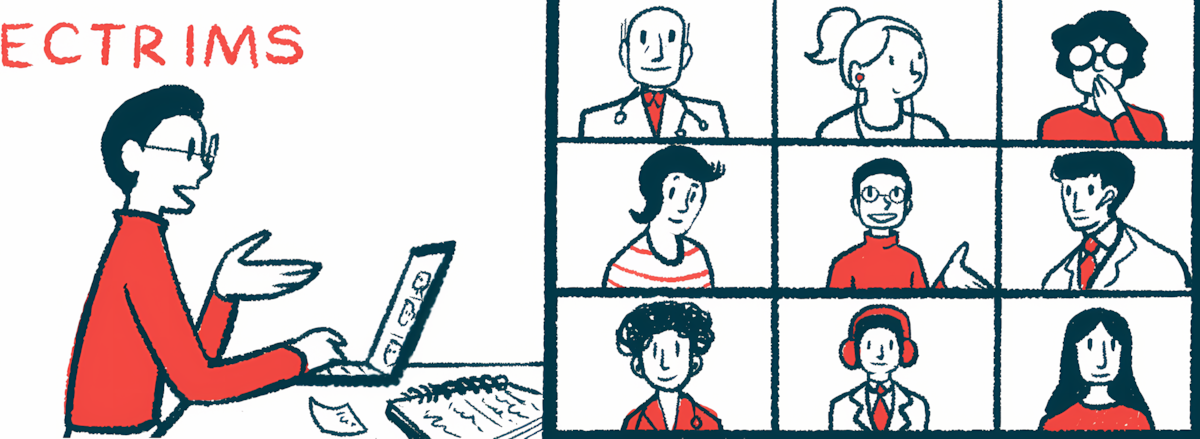
Children and adolescents living with multiple sclerosis (MS) seem to benefit at least as much — and for some outcomes, significantly more — from Ocrevus (ocrelizumab) as from treatment with Gilenya (fingolimod), now the only MS therapy approved for pediatric patients in the U.S.
That’s according to top-line results from a Phase 3 trial, dubbed OPERETTA 2 (NCT05123703), that was designed to assess whether Ocrevus was at least noninferior to Gilenya in reducing relapse rates in individuals with pediatric-onset multiple sclerosis (POMS). The ongoing trial is also testing whether Ocrevus can outperform Gilenya in lowering both relapse rates and MRI disease activity.
The early data show that all primary and secondary trial goals were met: After about six months, Ocrevus reduced the risk of relapses and the number of new or enlarging lesions by approximately 50% compared with Gilenya, while the number of active lesions dropped by about 90% with the anti-CD20 therapy.
Additionally, “the rate of serious adverse events overall was similar between the two groups,” Brenda Banwell, MD, professor of neurology and codirector of the Johns Hopkins Children’s Center, said last week at this year’s European Committee for Treatment and Research in Multiple Sclerosis (ECTRIMS) annual congress, held in Barcelona, Spain, and online.
Banwell’s oral presentation, which detailed the top-line findings, was titled “Efficacy and safety of ocrelizumab compared with fingolimod in paediatric relapsing-remitting MS: results of the Phase III OPERETTA 2 study.” The study was funded by Roche, whose subsidiary Genentech markets Ocrevus.
David Jones, MD, principal medical director of MS at Genentech, noted in an interview with Multiple Sclerosis News Today in Barcelona that the results show that Ocrevus is “arguably equivalent, if not better” than Gilenya for children and adolescents with POMS.
“The data that we have suggest that Ocrevus could be a very important option for individuals with pediatric multiple sclerosis,” Jones said.
More active disease typically seen for children with MS
MS usually develops in adults, but it can also affect children and adolescents. These younger patients almost always have relapsing-remitting disease, which is marked by episodes of sudden symptom worsening, called relapses, followed by periods of remission when symptoms ease. However, children and teens tend to have more active disease than adults.
“We all consider kids little adults, but that’s not necessarily the case,” Jones said. “Pediatric MS is different than adult MS. The disease tends to be more aggressive,” with much higher “relapse rates [and] MRI activity.”
As of now, Gilenya is the only therapy approved in the U.S. for children and adolescents — patients ages 10 to 17 — with MS. That leaves a clear need for additional treatment options, according to Jones.
While many drugs approved for adults are often used off-label in younger patients, “it’s really important to have more than one approved agent for pediatric MS,” Jones said.
We all consider kids little adults, but that’s not necessarily the case. … Pediatric MS is different than adult MS. The disease tends to be more aggressive, [with much higher] relapse rates [and] MRI activity.
Jones added: “It’s very nice from the point of view of confidence [from patients and their loved ones], and from the point of view of interacting with payers, that you have the stamp of approval … come from [the U.S. Food and Drug Administration (FDA)] or another health authority.”
For families, the possibility of additional approved treatment options represents meaningful progress, as using therapies off label often means that insurance companies deny coverage.
“The importance of DMTs approved for pediatric use is critical,” said Jill Blackburn, president of the Pediatric Multiple Sclerosis Alliance and mother to a young woman diagnosed with MS during childhood. Blackburn recalled being denied coverage and paying hundreds of dollars a month out of pocket while she filed appeals, some of which were rejected despite repeated efforts.
“It is a great burden for a parent to have their insurance deny a needed medication because it is being used off label. The out-of-pocket costs are astounding,” she said. “While there has been progress, the wheels are moving much too slowly. It shouldn’t be a mental or financial battle for a parent to get a life-changing drug for their child.”
Following Ocrevus’ approval in adults, Genentech launched two clinical trials to evaluate the therapy’s safety and efficacy in pediatric patients.
The initial Phase 2 study, OPERETTA 1 (NCT04075266), enrolled 23 patients aged 10-17 and found that Ocrevus was well tolerated for up to five years. The therapy also effectively controlled disease activity, with participants experiencing no relapses, stable disability levels, and a reduction in new or enlarging lesions.
Results from this trial were presented separately at ECTRIMS, in a talk titled “Ocrelizumab dose selection for treatment of paediatric relapsing-remitting multiple sclerosis: long-term 96-week safety and efficacy results of the Phase II OPERETTA 1 study.”
OPERETTA 2 trial testing Ocrevus vs. Gilenya in over 175 children
The Phase 3 OPERETTA 2 trial, launched in 2022, enrolled 187 children and adolescents with MS. The researchers randomly assigned participants to receive Ocrevus via an infusion into the bloodstream (intravenously) every six months, or Gilenya, given as a daily capsule, for two years. The participants had a median age of 15, and nearly half had lesions with active inflammation.
According to Banwell, the trial met its main goal, showing that Ocrevus was noninferior to Gilenya in reducing relapse rates. Patients treated with Ocrevus had a 48% lower risk of relapse compared with those receiving the oral medication, “well below the noninferiority margin,” Banwell said.
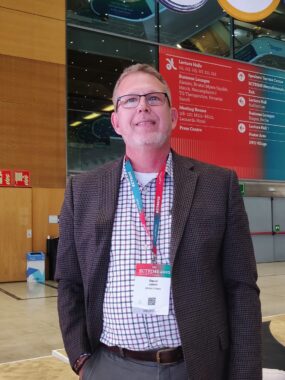
David Jones, MD, principal medical director of MS at Genentech, attended the 2025 ECTRIMS congress in Barcelona. (Photo by Inês Martins)
Jones further noted that the earlier PARADIGMS study (NCT01892722), which led to Gilenya’s approval for younger patients, showed an 82% reduction in relapse rates compared with Avonex (interferon beta-1a), another medication approved for adults. That “was a really high bar to meet,” he said.
Now, having “a 47% reduction in the relapse rate in the Ocrevus arm compared to the [Gilenya] arm … really is a significant improvement from earlier treatments that were studied in pediatric MS,” Jones said.
Beyond lowering relapse rates, Ocrevus also reduced relapse severity and improved relapse recovery. While all patients treated with Ocrevus recovered from their relapses, nearly 20% of patients taking Gilenya either experienced lingering effects or did not recover, data show.
On MRI scans, Ocrevus reduced the proportion of patients with new or enlarging lesions by 48% at two years, and also decreased the proportion with active lesions at three months, by 87%.
Adverse events were slightly more common in the Ocrevus arm, mainly due to a higher rate of infusion-related reactions and infections. Most of the adverse events were mild to moderate, and infusion-related reactions decreased over time with subsequent infusions, according to Jones.
Also, no side effects resulted in treatment discontinuation in the Ocrevus group, and no differences in serious adverse events were observed.
For her part, Banwell noted that, “overall, OPERETTA 2 demonstrates the safety and efficacy of [Ocrevus] as a potential treatment option for pediatric-onset MS patients.”
‘Important’ to have multiple options for treating MS
According to Jones, “it’s important to have multiple medicines, because not everybody is going to tolerate every medicine, and some medicines may work better for some people than for other folks.”
“I know [Gilenya] has been used a lot and certainly is a good drug, but it may not be good for everyone,” Jones added.
Note: The Multiple Sclerosis News Today team is providing live coverage of the 41st Congress of the European Committee for Treatment and Research in Multiple Sclerosis (ECTRIMS) Sept. 24-26. Go here to see the latest stories from the conference.





